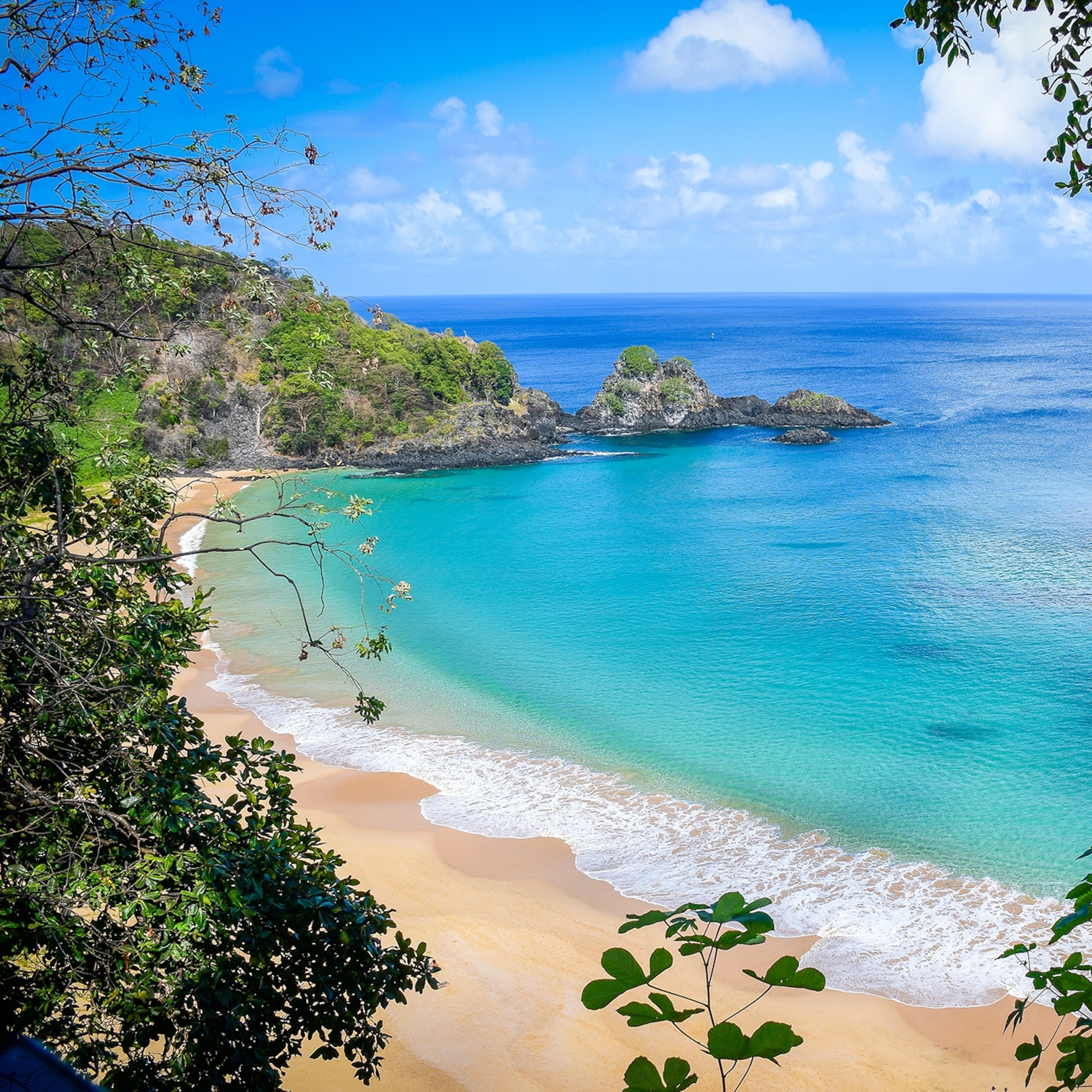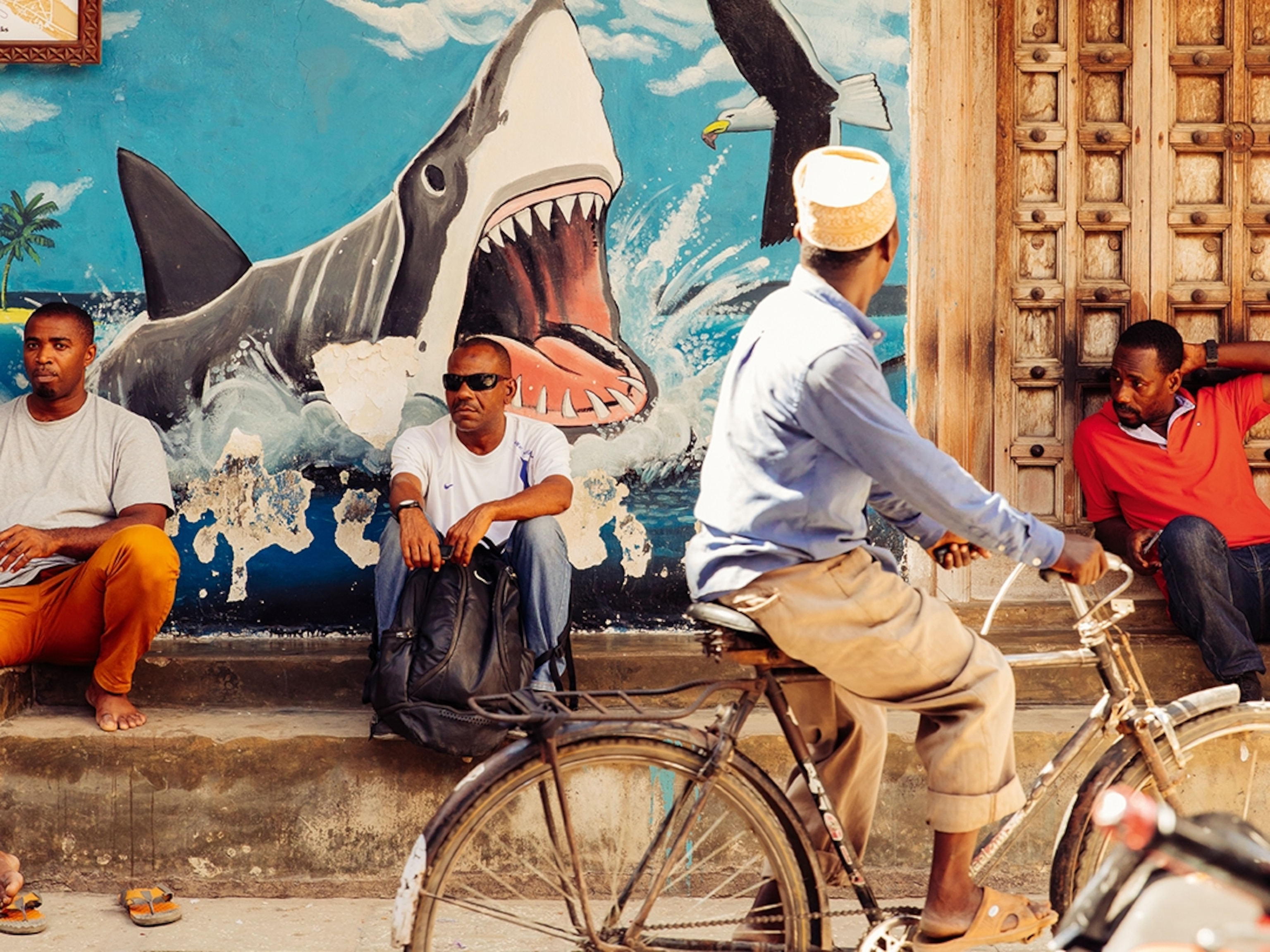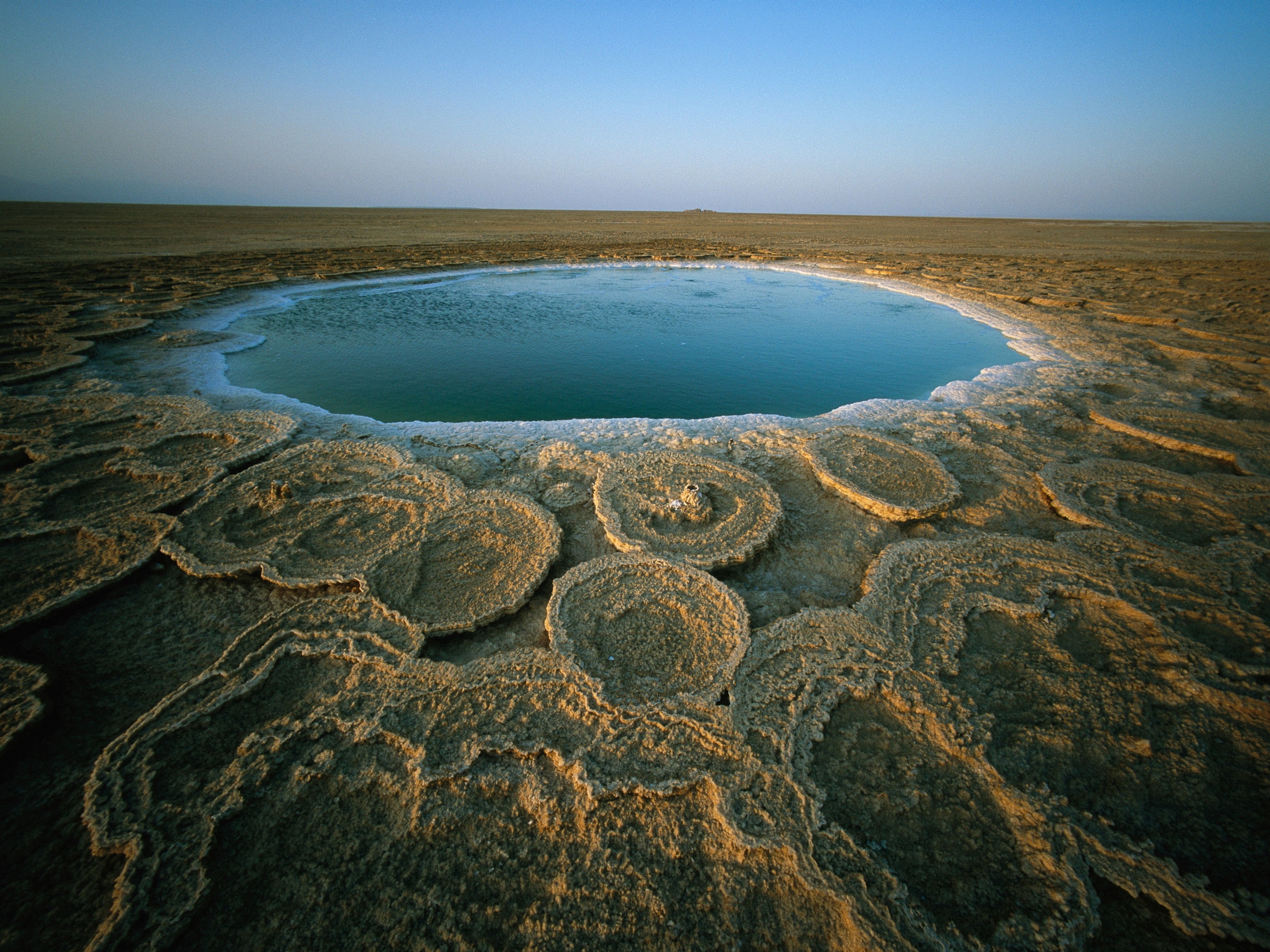In India, a city takes its beach back from the sea
The colorful city of Pondicherry battles engineering errors and the elements to reclaim its sandy shores.
As a schoolboy in Pondicherry, a city on India’s southeastern coast, Aurofilio Schiavina loved combing the beach. Its six miles of glistening golden sand, lined by a promenade, was his favorite playing field. In 1991, Schiavina left the city for higher studies in the United Kingdom. When he returned in 1999, having completed his master’s degree in coastal management at Newcastle University, the beach had vanished.
Starting some 30 years ago, the wide, sandy shore began to disappear after the construction of an ill-conceived port. Pondicherry (officially known as Puducherry) became a curiosity among coastal towns: the one without a beach.
Since then, tourists to this storied city, an enclave of Tamil Nadu state, have had to huddle around a long seawall made of concrete and jagged stones, instead of strolling along the sand. The promenade comes alive every evening as the air cools, when people crowd to take photos in front of historic monuments and shop and dine at upscale shops and restaurants. But the sea has stayed out of reach. As a regular visitor to the town for more than three decades, I had only heard stories of what the beach once was like from my family who grew up there.
All this is beginning to change. A new restoration effort is undoing decades of damage and returning the beach to the city. Grain by grain, an experimental project started four years ago has dredged sand from the mouth of the harbor and channeled it through a 1.8 mile-long pipeline to the beach. The work is expected to be completed early this year. The force behind the project is PondyCAN (Pondy Citizen’s Action Network), which Schiavina co-founded. The collective has been working closely with the government since 2009 to restore the beach.
More than a beach town
The beach aside, Pondicherry has a wealth of attractions. It retains much of the architecture from its past as a French colony; these imported styles mingled over the decades with South India’s intricate vernacular architecture to create a fascinating and compelling cityscape. The cafes are breezy and welcoming, the boutiques mix local creativity with worldly panache. The lack of a beach has meant tour guides have had to shift their focus away from the coast and toward these points.
Bishwajit Banik, who describes himself as a tour guide and storyteller, has spent the last 20 years collecting stories of the town you won’t find in any history book. He narrates these tales as he takes visitors to the iconic ashram of spiritual guru Sri Aurobindo and organizes heritage walks through the cobbled lanes of the French Quarter, with its distinctive colonial-style mustard-and-white hued villas, and the traditional Tamil Quarter, with its ornate mansions that offer a gilded glimpse of Chettiar architecture.
(In this dense Indian forest, tigers and leopards are thriving.)
“Pondicherry is a spiritual, social, cultural melting pot. It’s a dream come true for a tourist, with its rich history and the sea. Many tourists have been curious about how we lost the beach, [a loss] that ruined the coastal ecosystem,” says Banik. With the beach restoration project underway, Banik can lead his tours toward the shore again.
Not just visitors but residents too are flocking to the shore to see the Pondicherry promenade’s return. “Residents are feeling proud of their town once again. It is such a joy to be able to walk into the sea, let the waves roll over our feet and go swimming, as we did as children,” says Sunaina Madeen, co-founder of PondyCAN.
How the beach was lost
Trouble began in the late 1980s, when the construction of a port restricted the movement of sand to the beach’s northern side. The sand accumulated in the southern section instead of following its natural path. Over the next decade, the beach was swallowed up by the sea.
“A whole generation has missed out on the beach. [Consequently] it was called the rock beach, because of the seawall,” says Probir Banerjee, the third co-founder of PondyCAN.
Grim consequences accompanied the loss of the beach. The restriction on the movement of sand also devastated the coastline, its biodiversity, and the livelihoods of many locals. Several groynes (low structures to prevent erosion) were constructed over the years to restrict the movement of sand, but they merely shifted the erosion to another part of the coast, Banerjee says.
Compounding the challenge, the seawall built to protect the buildings along the beach road became an eyesore. It was so high it cut off access to the sea for entire villages along the coast. More than a dozen fishing villages were wiped out and at least 7,000 families lost their only source of income: fishing. Swathes of agricultural land turned into a wasteland.
(How a dramatic win in a plastic waste case may curb ocean pollution.)
It took years to identify and understand the problem that caused the beach to disappear. The alarm bells rang only when the proposal for a second port came up in 2007. “Initially, we thought it was a natural process of beach erosion,” says Banerjee. “When the proposal for another port came up, we were scandalized.”
Harbors of trouble
It was Schiavina who spotted the root of the problem in the construction of the harbor. When the new port proposal was advanced, PondyCAN went to court against it. The second harbor was shelved after much legal wrangling.
Schiavina and others in PondyCAN gathered information about the faulty design of the old harbor and developed plans for a restoration effort. It took years to win over the authorities. In 2017, India’s Ministry of Earth Sciences and the National Institute of Ocean Technology agreed to implement the beach reconstruction project.
The centerpiece of the project, an artificial submerged reef, is the first of its kind in India. It is a 900-ton wedge shaped to divert water and sediment to the north of the beach. Meanwhile, chunky black pipes, snaking their way along the seawall, deposit sand on the widening beach.
“We found two solutions to bring back the original coastline. One was sand nourishment from the harbor and the other the artificial reef, which has so far done 40 percent of its job,” says M.V. Ramana Murthy, director of the National Centre for Coastal Research who designed and implemented the project.
After a year of the project’s initiation, the first signs of the beach’s reappearance became visible. By the middle of 2021, nearly 200 feet of the shore was back, replete with resident lugworms and shells. Not only was the beach returning, but its composition was correct. “It had to be the right mix of sand—not too coarse, not too fine,” says Schiavina. People have returned to enjoy the beach’s pleasures.
The fishermen who had abandoned their traditional occupation and opted for life as manual laborers at the harbor are returning, too. Early one morning a few months ago, I watched how fishermen were now able to maneuver their boats over the newly minted sand and set out to sea from their villages along the beach, the blue expanse once again specked with dozens of fishing boats.
The next step is to extend the beach to Auroville, the experimental township six miles north that faced similar erosion. When the project is complete, Pondicherry will have much more than patches of sand. It will regain a long shoreline, making it whole once again.







